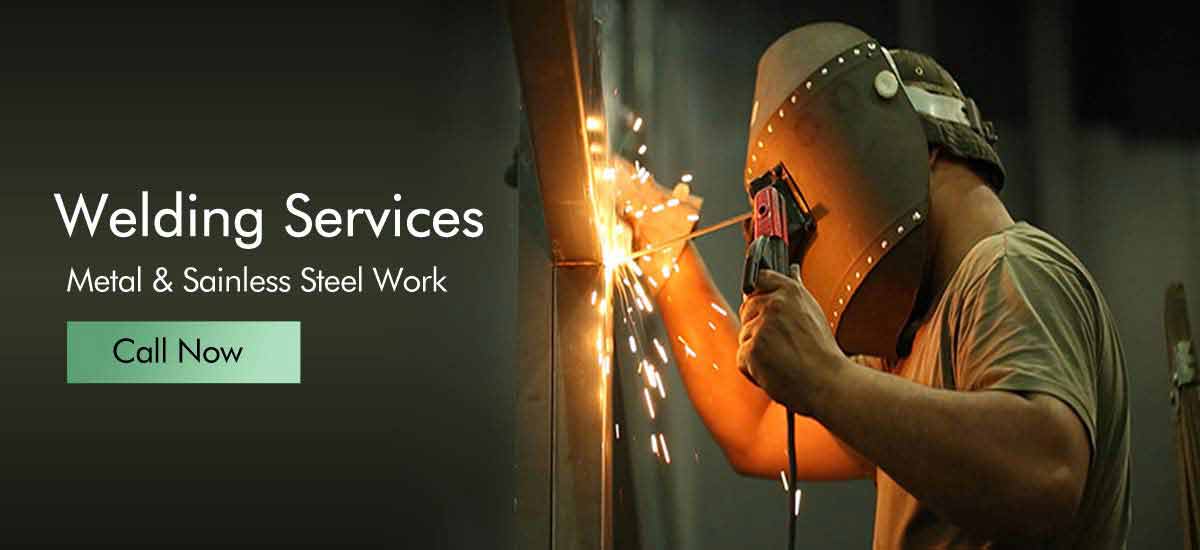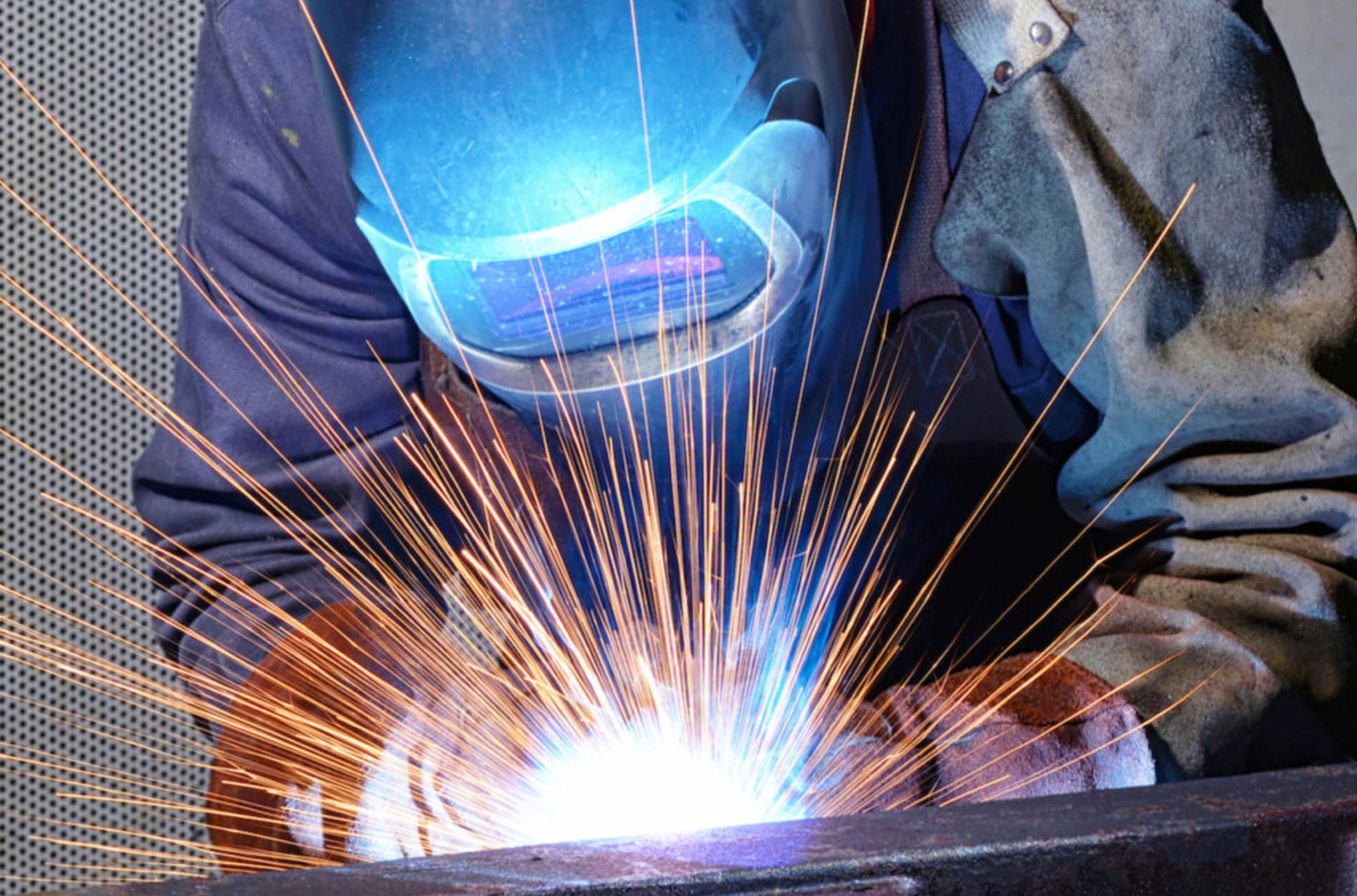Recognizing the Various Types of Welding Techniques and Providers Offered

Introduction of Welding Techniques
Welding methods incorporate a varied variety of methods used to join products with each other completely. One usual technique is arc welding, which includes developing an electric arc in between an electrode and the base product to melt and fuse them with each other. This method is functional and can be used with numerous steels, making it one of the most commonly used welding procedures.

Furthermore, TIG welding, or Gas Tungsten Arc Welding (GTAW), is a tidy and exact welding approach that utilizes a non-consumable tungsten electrode to produce the weld. TIG welding is commonly utilized for thinner products and offers exceptional control over the welding process. Generally, comprehending these numerous welding techniques is important for selecting one of the most ideal approach for different jobs.
Generally Used Welding Approaches
A series of typically used methods are utilized in the field of welding to successfully join products with each other. Among one of the most commonly used techniques is Gas Steel Arc Welding (GMAW), also referred to as MIG welding. This technique uses a wire electrode that is fed via a welding gun, together with a securing gas to shield the weld from contaminants airborne. One more usual approach is Secured Steel Arc Welding (SMAW), or stick welding, which uses a flux-coated electrode to create the weld. Tungsten Inert Gas (TIG) welding is favored for its accuracy and adaptability, utilizing a non-consumable tungsten electrode to generate the weld. Flux-Cored Arc Welding (FCAW) is generally made use of in industrial setups as a result of its high welding speed and portability. Additionally, Immersed Arc Welding (SAW) is perfect for producing deep welds on thick materials. These commonly used welding methods satisfy different requirements and materials, providing options for numerous welding applications.
Advanced Welding Services
Structure upon the foundation of commonly used welding techniques, the world of advanced welding services encompasses sophisticated techniques and innovations that push the borders of precision and effectiveness in material signing up with procedures. Advanced welding solutions typically entail specialized methods such as laser welding, electron beam welding, and friction mix welding. Laser welding utilizes a very concentrated beam of light of light to specifically read the article sign up with metals with minimal heat-affected areas, making it suitable for complicated or delicate elements. Electron beam welding, on the other hand, uses a high-velocity electron light beam to produce deep weld infiltrations in materials like aerospace alloys or different metals. Friction mix welding, a solid-state joining process, makes it possible for the welding of materials that are testing to fuse making use of standard methods, like light weight aluminum and copper. These sophisticated methods offer enhanced control over the welding process, resulting in stronger, much more durable welds with reduced distortion and boosted overall quality.
Specialized Welding Strategies

Another specialized welding method is laser beam welding, where an extremely focused beam is made use of to join steels with very little heat-affected zones and distortion. This approach is commonly used in industries requiring high precision and tidiness, such as electronics and clinical tool production. Additionally, explosive welding is a distinct method that makes use of controlled dynamites to bond different steels with each other, developing solid and reliable joints. These specialized welding strategies display the diversity and advancement present in the field of welding, supplying options for a broad array of commercial applications.

Picking the Right Welding Refine
With various welding strategies readily available, it is important to take into consideration factors such as the kind of metal, density, joint layout, and preferred end outcome when selecting the right welding procedure. Amongst the usual welding techniques are Gas Metal Arc Welding (GMAW), Shielded Metal Arc Welding (SMAW), Gas Tungsten Arc Welding (GTAW), and Flux-Cored Arc Welding (FCAW) GMAW, additionally understood as MIG welding, is appropriate for welding slim to thick metals and is functional in different positions.
Verdict
To conclude, comprehending the different sorts of welding strategies and solutions readily available is essential for picking the right technique for a certain project. By knowing the commonly used welding approaches, advanced welding solutions, and specialized strategies, individuals can make enlightened decisions to guarantee the success of their welding tasks. It is very important to take into consideration variables such as materials, task needs, and spending plan when selecting one of the most suitable welding process.
From standard approaches like stick welding to advanced procedures such as laser welding, the globe of welding uses a plethora of alternatives for joining metals together.Additionally, TIG welding, or Gas Tungsten Arc Welding (GTAW), is a tidy and exact welding approach that uses a non-consumable tungsten electrode to produce the weld. Advanced welding services commonly entail specialized methods such as laser welding, electron beam of light welding, and friction mix welding. Among the common welding methods are Gas Steel Arc Welding (GMAW), Protected Metal Arc Welding (SMAW), Gas Tungsten Arc Welding (GTAW), and Flux-Cored Arc Welding (FCAW) By being conscious of the commonly read review utilized welding methods, progressed welding services, and specialized techniques, individuals can make enlightened choices to ensure the success of their welding jobs.
Comments on “Reputable Welding Inspection Service for Quality Control”